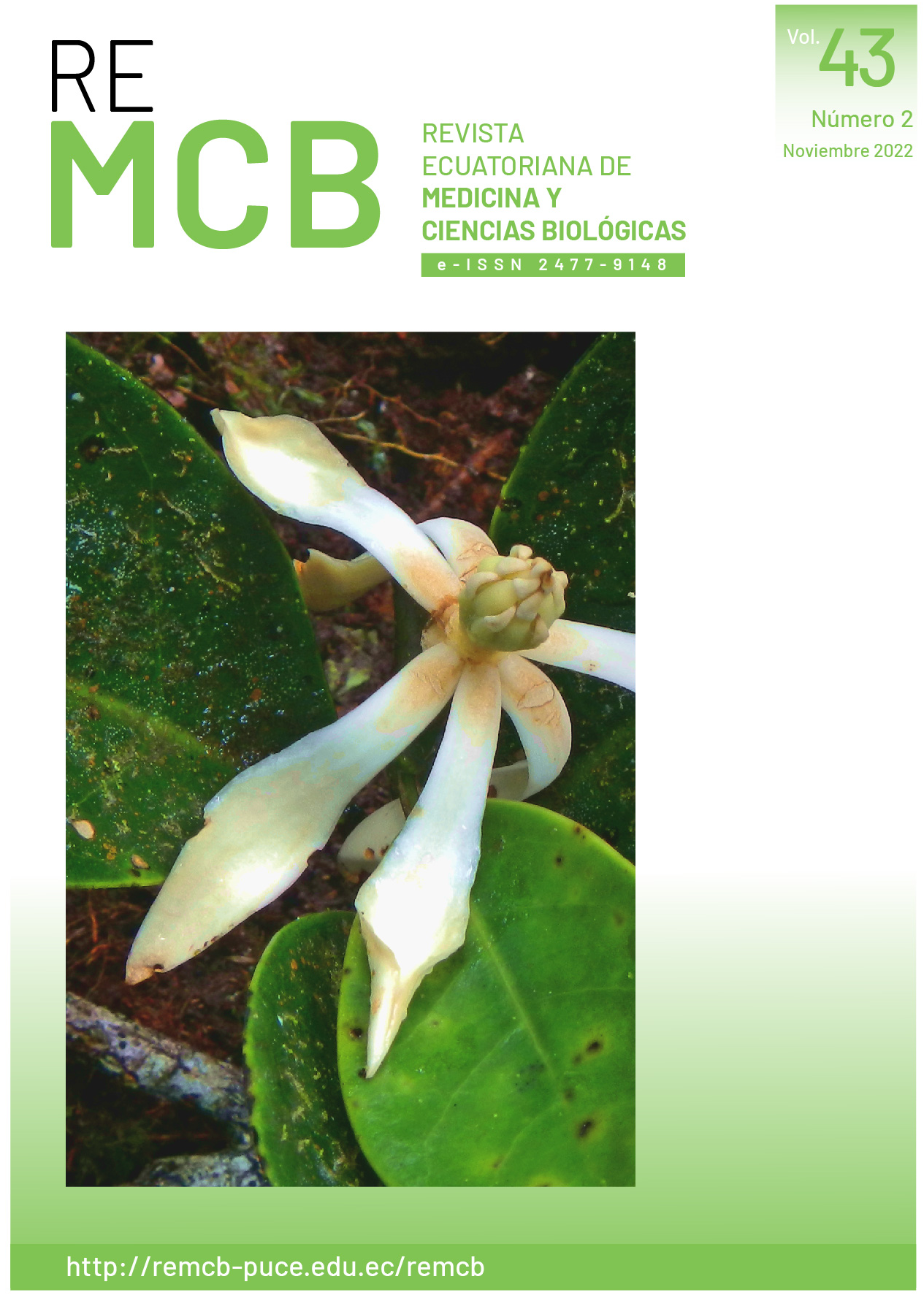Alelismo para genes letales en una población natural de Drosophila melanogaster originaria de Mixcoac
Contenido principal del artículo
Resumen
Una prueba genética para distinguir si dos mutaciones génicas ocurren en el mismo locus funcional, así como establecer sus límites es la llamada prueba de complementación, ampliamente empleada en genética microbiana, el mismo principio se utiliza en agronomía y se conoce como dialelo. En genética de poblaciones y en particular en poblaciones de Drosophila se usa el término prueba de alelismo y es empleada fundamentalmente para determinar distancias genéticas y persistencia de genes en poblaciones naturales y experimentales en las que generalmente se hace para genes letales en condición heterocigota. Así nos propusimos hacer un análisis de éste tipo para genes letales portados en el segundo cromosoma de D. melanogaster extraídos previamente de una población natural originaria de MIxcoac en la Ciudad de México. La prueba consistió en cruzar cada cepa portadora de un gene letal contra todas las demás. Un total de 50 cepas fueron sometidas a dicha manipulación correspondiendo así a 1225 cruzas individuales. Como resultado se obtuvieron 22 cruzas alélicas, distribuidas en 18 sencillas y dos dobles. Finalmente la tasa de alelismo determinada fue de 1.88% que no difiere mucho del promedio reportado por otros investigadores en estudios similares.
Descargas
Detalles del artículo
Citas
Gabay-Laughnan, S., dchase, C., Ortega, V.M. and Zhao, L. 2004. “Molecular genetic characterization of CMS-S restorer of fertility alleles identified in Mexican maize and teosinte”. Genetics 166: 2: 959-970.
Hiraizumi, Y. and J.S. Grove. 1969. “Paternal age and segregation frequency in Drosophila melanogaster”. Japan. J. Genetics 44, suppl. 1: 193-199.
Hue, F., Wang, C, Li, C., Duan, X., Zhou, Y., Zhao, N., Wang, Y., and Ji, W. 2012. “Molecular mapping of a powdery mildew resistance gene in common wheat landrace Baihulu and its allelism with Pm24”. Theoretical and Applied Genetics 125:1425-1432.
Ives, P.T. 1945. “The genetic structure of American populations of Drosophila melanogaster”. Genetics 30: 167.196.
Li, G.O., Li, Z.F., Yang, E.Y., Zhang, Y., He, Z.H., Xu, S.C., Singh, R.P., Qu, Y.Y., and Xia, X.C. 2006. “Molecular mapping of stripe rust resistance gene YrCH42 in Chinese wheat cultivar Chuanmai 42 and its allelism with Tr24 and Yr26”. Theoretical and Applied Genetics 112:1434-1440.
Oshima, C. 1969. “Persistence of some recessive lethal genes in natural populations of Drosophila melanogaster”. Japan. J. Genetics 44, suppl. 1: 209-216.
Oshima, C. and T.K. Watanabe. 1967. “Allelic rate between lethal genes extracted from Japanese natural populations of Drosophila melanogaster”. Natl. Inst. Gen. Japan. 18: 76-77.
Oshima, C. and T.K. Watanabe. 1968a. “Allelic relation between lethal genes in natural populations”. Natl. Inst. Gen. Japan. 19: 54-55.
Oshima, C. and T.K. Watanabe. 1968b. “Relationship between the dispersal of flies and the frequency of allelism of lethals in a natural population”. Natl. Inst. Gen. Japan. 19: 55-57.
Paik, Y.K. and K.C. Sung. 1969. “Behavior of lethals in Drosophila melanogaster populations”. Japan. J. Genetics 44. Suppl. 1: 180-192.
Prout, T. 1954. “Genetic drive in irradiated experimental populations of Drosophila melanogaster”. Genetics 39: 529-545.
Prout, T. 1967. “Theory of the allelism between lethals collected at different times”. Genetics 56: 659-666.
Rickard, S., Parker, M., van´t Hoff. W., Barnicoat, A., Russell-Eggitt, I., Winter, R and Bitner-Glinzicz M. 2001. “Oto facio cervical (OFC) syndrome is a contiguous gene deletion syndrome involving EYA1: molecular analysis confirms allelism wtth BOR syndrome and further narrows the Duane syndrome critical region to 1cM”. Human Genetics 108: 398-403.
Salceda, V.M. 1967. “Recessive lethals in second chromosomes of Drosophila melanogaster, with radiation histories”. Genetics 57: 691.699.
Salceda, V.M. 1977. “Carga genética en siete poblaciones naturales de Drosophila melanogaster (Meigen) en diferentes localidades de México”. Agrociencia 28: 47-52.
Sánchez, J de la L. P. V.M. Salceda y J. Molina. 1974. “Efecto de genes letales recesivos en posición trans en el cromosoma II de Drosophila melanogaster (Meigen) sobre algunas componentes de valor adaptativo”. Agrociencia 16: 75-82.
Sprague, G.E. and L.A. Tatum. 1942. “General vs. Specific combining ability in simple crosses of corn”. Jour. Am Soc. Agron. 34: 923-934.
Wallace, B. 1950. “Allelism of second chromosome lethals in Drosophila melanogaster”. Proc. Nat. Acad. Sci. USA. 36: 654-657.
Wallace, B. 1966. “Distance and allelism of lethals in a tropical population of Drosophila melanogaster”. Am. Naturalist.100: 565-572.
Wallace, B. and R.C. King. 1951. “Genetic changes in populations under irradiation”. Am. Naturalist. 85: 209-222.
Watanabe, T.K. 1967. “Persistence of a lethal gene associated with SD in cage populations of Drosophila melanogaster”. Natl. Inst. Gen. Japan. 18: 78-80.
Wright, S., Th. Dobzhansky and W. Hovanitz. 1942. “Genetics of natural populations. VII. The allelism of lethals in the third chromosome of Drosophila pseudoobscura”. Genetics 27: 363-394.
Ytterborn, K.H. 1971. “Influence on the population genetic background on the persistence of a recessive lethal in Drosophila melanogaster”. Genet. Res. Camb. 17: 103-111.






